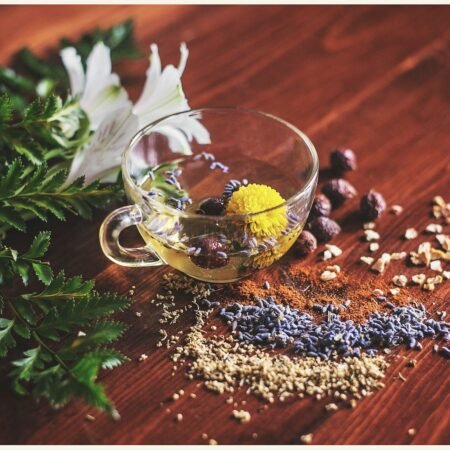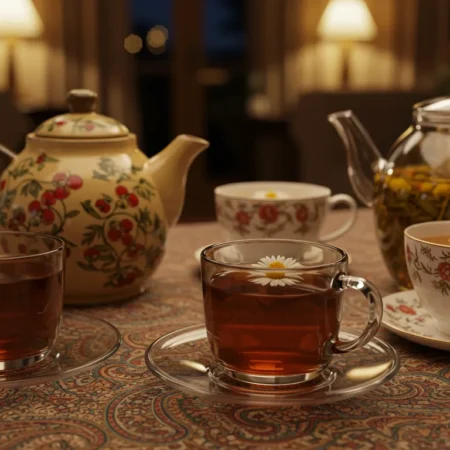
Browse Category
Tea Types
Explore the diverse world of tea from delicate whites to robust blacks, each with distinct processing methods and flavor profiles. Discover traditional varieties alongside herbal tisanes to find your perfect cup.
11 Articles


Types of Oolong Tea: A Comprehensive Guide to all Oolong Tea Varieties
March 16, 2025
42 Min Read

Types of Green Tea: A Comprehensive Guide to all Green Tea Varieties
March 16, 2025
43 Min Read

Types of Herbal Tea: A Comprehensive Guide to all Herbal Tea Varieties
March 16, 2025
34 Min Read

Types of Pu-erh Tea: A Comprehensive Guide to all Pu-erh Tea Varieties
March 16, 2025
37 Min Read

Types of White Tea: A Comprehensive Guide to all White Tea Varieties
March 16, 2025
41 Min Read

Types of Yellow Tea: A Comprehensive Guide to all Yellow Tea Varieties
March 16, 2025
33 Min Read
Featured Articles
Cast Iron Teaware for Superior Heat Retention
July 2, 2025
Discover Stylish Teapots for Your Favorite Tea
July 4, 2025
Most Delightful Newsletter
Get Our Master Tea Brewing Cheatsheet








